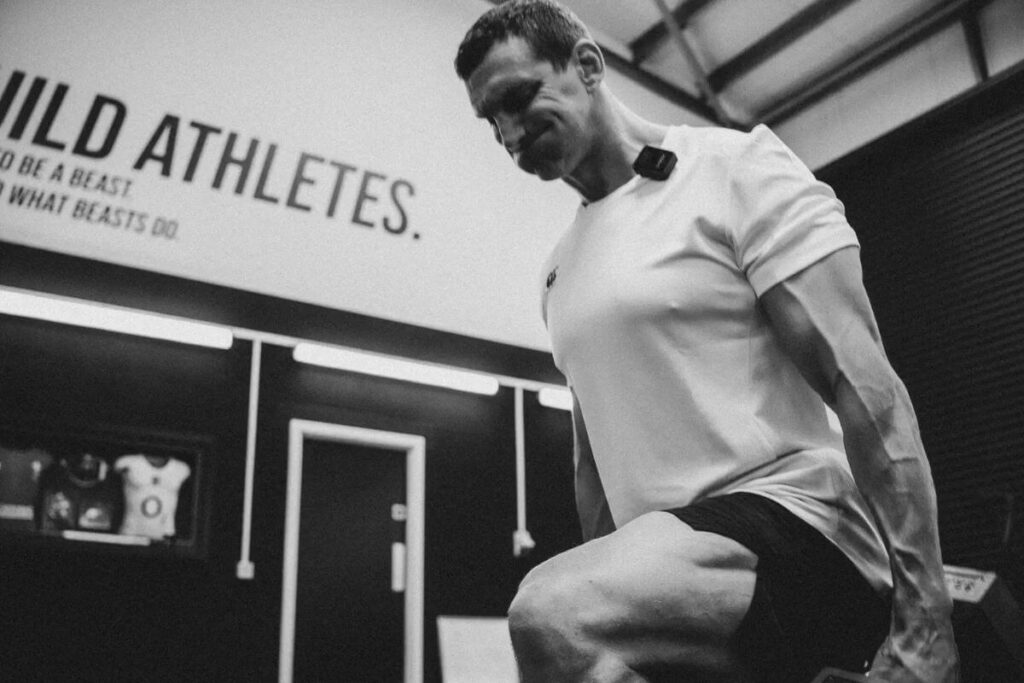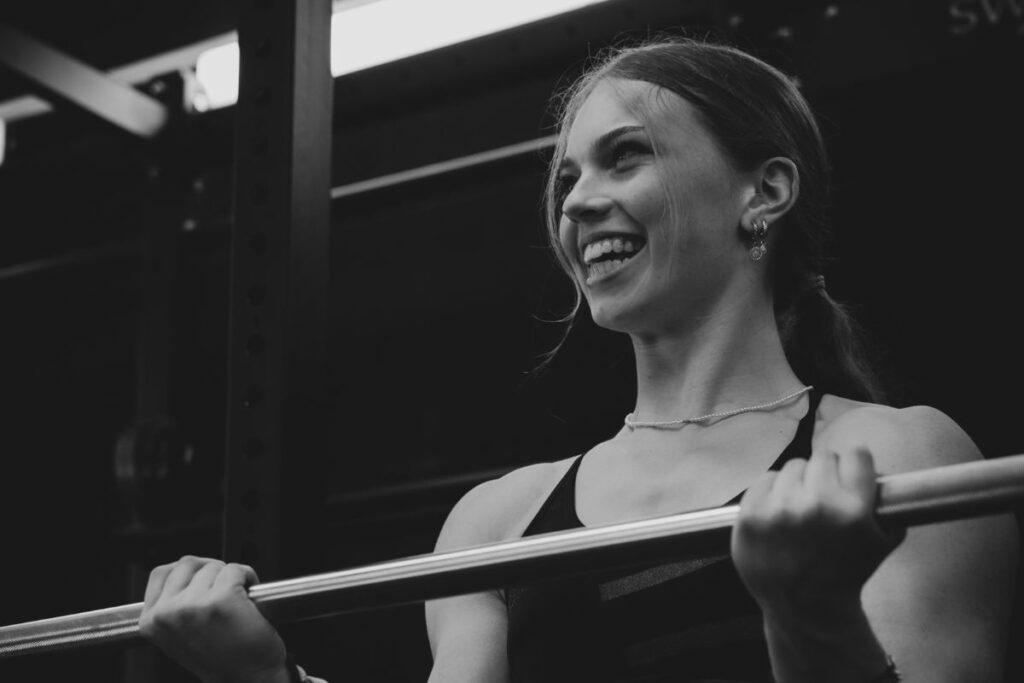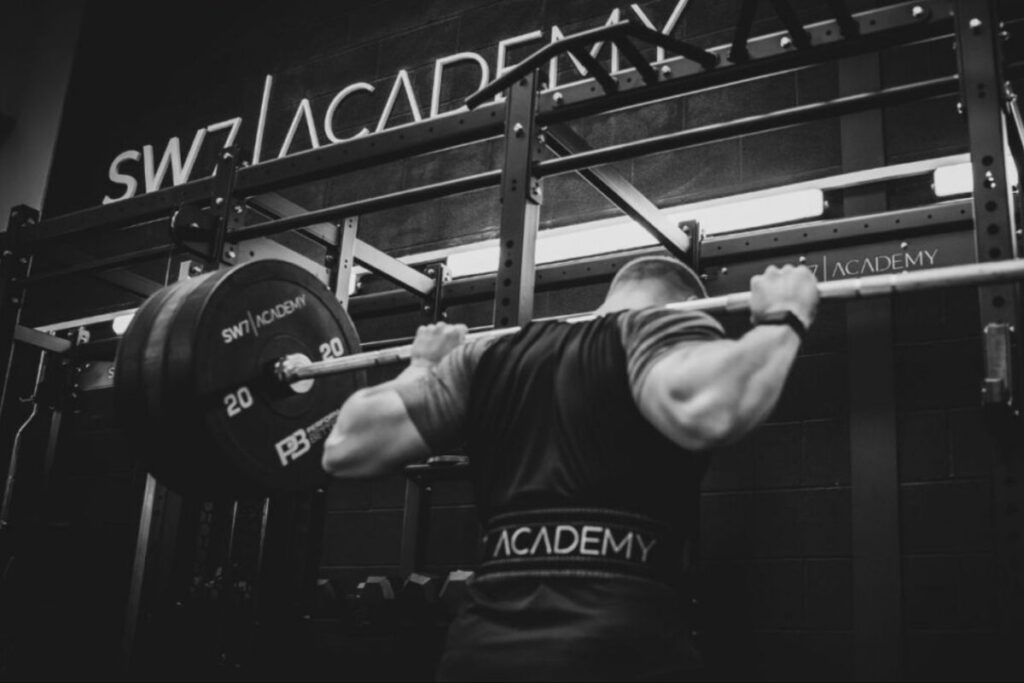Most players know their stronger side, but few train their weaker one intentionally. In a game built on explosive, asymmetric movement such as tackling, scrummaging, and side-steps, imbalances matter. They can be the hidden reason behind stalled progress or even chronic injury.
At SW7 Academy, we believe in training with precision, not guesswork. That’s why we use Remaker’s dual limb testing protocols to test and programme based on force asymmetry, which is the difference in how much power or control each side of the body can create. This helps our athletes find and fix weaknesses they didn’t even know they had.
Common Imbalances in Rugby
Imbalances don’t just show up in your test results; they show up in how you run, lift, tackle and recover.

Here are the most common areas where we see force or movement asymmetries in rugby athletes:
- Hip & Knee Extension: During sprint acceleration or driving through a ruck, one leg may produce more force than the other, resulting in compensatory movement patterns.
- Upper-Body Pushing Power: Differences in left vs right arm pressing force on the bench, landmine press or even in the scrum can lead to rotation or instability.
- Lateral Stability: Your agility and change of direction speed suffer if one side of your body is less able to absorb force or slow down.
- Neck & Shoulder Strength: Returning from a shoulder dislocation or neck strain without addressing asymmetries is a recipe for re-injury.
Why Should Rugby Players Care about Muscle Imbalances?
No athlete steps on the pitch perfectly balanced. That’s fine. However, what isn’t fine is leaving imbalances unaddressed. It’s important to be balanced enough to execute consistently under fatigue and load.
Here are our top 4 reasons why you should care about muscle imbalances:
1. Injury Reduction
Injuries are often the worst part of playing rugby. You should focus on prevention, which includes addressing muscle imbalances.
Imbalances often cause compensatory movement patterns, where joints and muscles are forced to operate outside of optimal alignment or load distribution. This leads to overload issues in the knees, hips, lower back, or shoulders over time. Their risk can be easily reduced by testing your muscle imbalances and working on them.
2. Technical Efficiency
All rugby athletes want to perform at the best of their abilities. Whether you’re binding in a scrum, carrying into contact, or executing a rapid change of direction, your body needs to produce force symmetrically to stay in control.

Ensuring you have an equal force output on both sides allows you to maintain clean technique under pressure, especially in the final 20 minutes when fatigue makes compensation more likely.
3. Enhanced Power & Agility
If you’ve plateaued in your strength or sprint metrics, imbalance may be the reason. Often, it’s not that you need more training, but rather that your body can’t express its full potential due to imbalances.
For example, having a weaker leg can limit your jump height and sprint drive, or pressing less power on one shoulder reduces your upper body coordination. By restoring symmetry, you unlock the strength you already have, but haven’t been able to fully use.
4. Longevity in the Game
Rugby takes a toll on even the most durable athletes. Untreated imbalances create micro-strain that leads to long layoffs and shorter careers. Structurally balanced athletes can recover faster between sessions, have increased resilience to contact trauma and maintain higher performance levels through full seasons.
The goal of correcting muscle imbalances is to lengthen your window of optimal playing time over the seasons, not just for the next game. The key to long-term performance and injury resilience is structural balance.
How We Test for Muscle Imbalances at SW7 Academy
Using the Remaker dual-limb force system, our approach to asymmetry analysis is data-led, position-specific, and designed to feed directly into your training programme. Here are the main tests we run:
Unilateral Jump and Press Tests
To assess the differences in power between your right and left side, we use single-leg countermovement jumps, split-squat force analysis, and single-arm pressing assessments on force plates or dual sensors.
These reveal which leg or arm is producing less force and by how much, as well as whether your weaker side is compromising your overall output. This can look like slower acceleration from one leg or reduced pushing force in scrummaging.
Isometric Holds for Neck, Grip, and Legs
Isometric tests allow us to evaluate static force output, which is especially relevant for contact zones and joint stability.

We focus on running these holds:
- Neck isometric holds to assess contact-readiness and tackle resilience.
- Grip strength differentials are often overlooked but critical for ball control and tackling.
- Isometric mid-thigh pulls or split-stance holds to assess leg drive without dynamic fatigue.
Full Asymmetry Profiling to Tailor Training Plans
Once we’ve gathered data, we generate an asymmetry profile for each athlete, visualising power gaps, weak-side patterns, and compensation risks.
This information allows us to create bespoke accessory programming, such as including more volume or control work for the weak side. It further aids us in any necessary conditioning modifications, such as unilateral emphasis, and in-season management protocols to ensure corrective work doesn’t clash with performance goals.
We know that no two players are built the same, and we treat them accordingly. Whether you’re a winger with a 12% leg power gap or a front-row player returning from shoulder rehab, our data ensures your plan fixes the problem.
How We Can Help
If you’re not testing for imbalance, you’re training blind. Rugby is about output, but it’s also about balance, stability, and control. That starts with knowing where your weak links are.
Know your weak side. Train it. Unlock performance gains you didn’t know were possible.
Our online fitness memberships and personalised training programmes are tailored to your needs, utilising Remaker to test and fix your muscle imbalances. Join our Rugby Performance programme today to ensure imbalances don’t hold you back!
For more advice to help you improve your rugby performance, check out our Knowledge Hub to read articles such as ‘Strength and Conditioning for Rugby: The 4 Key Elements‘, ‘Why Is Power Important in Rugby?‘ and ‘Left vs Right: Rugby Performance Testing to Fix Imbalance‘.